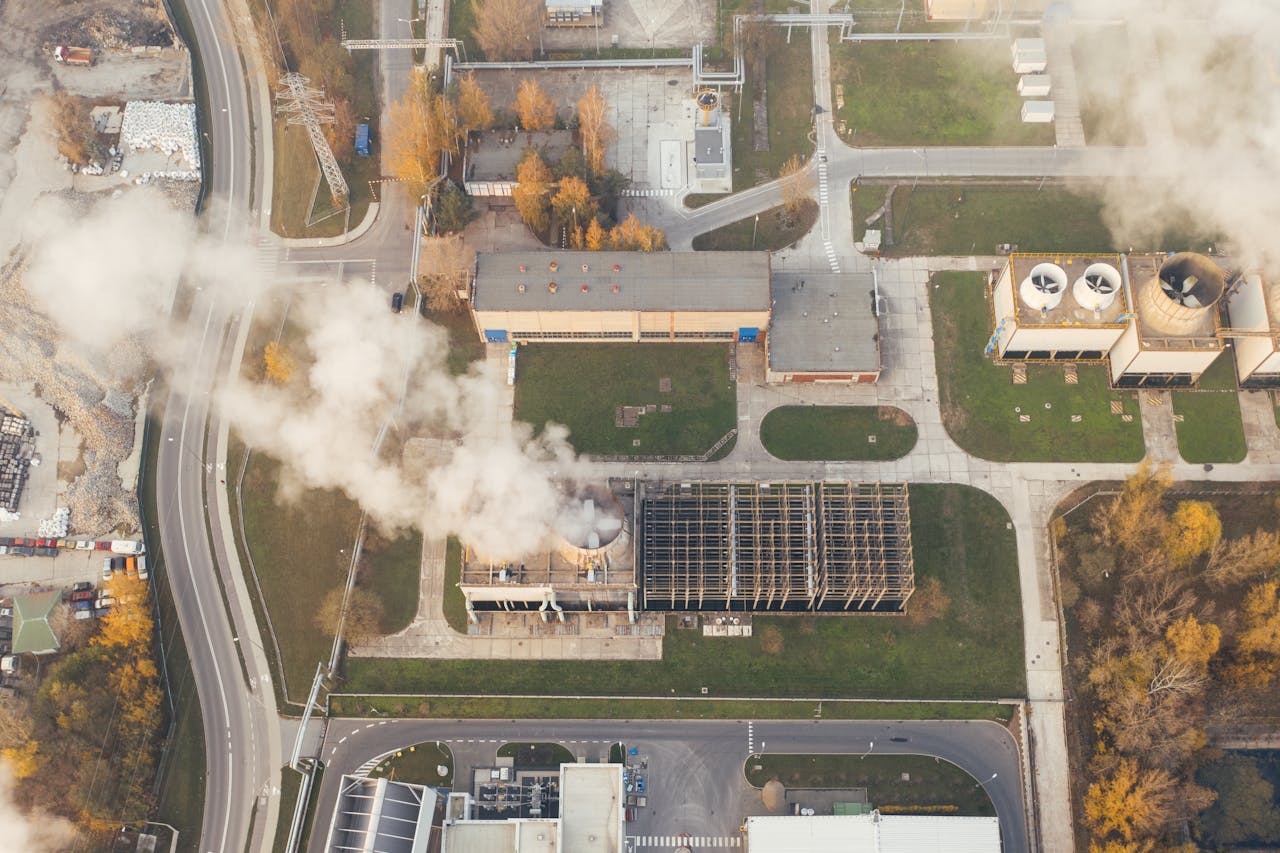Air Quality Monitoring in Affordable Housing: IoT Sensors for Healthier Living
Public health significantly depends on achieving high air quality standards within affordable housing solutions because this benefits vulnerable residents most.
The pollution of indoor air leads to respiratory problems together with allergy development and multiple health conditions.
The recent technological progress has brought IoT (Internet of Things) sensors to revolutionize indoor air quality observations and improvements within affordable housing facilities.
These smart devices generate instant data that helps professionals promptly make interventions for healthier living spaces.
The Importance of Air Quality in Affordable Housing
The state of housing affordability often leads to ventilation problems and mold infestations and contaminant exposure which creates a critical air quality issue.
Low-income families experience health problems from indoor pollutants which include carbon monoxide (CO), volatile organic compounds (VOCs), and particulate matter (PM2.5 and PM10).
Health Risks of Poor Indoor Air Quality
- The inhalation of dust particles together with smoke pollution and mold spore contamination results in asthma developments and various respiratory complications.
- Prolonged contact with polluted air elevates the chance of developing coronary heart disease.
- Scientific research indicates that elevated quantities of indoor contaminants decrease brain performance levels and reduce workplace efficiency.
Standard air quality monitoring techniques prove too expensive and difficult to operate in residential areas primarily occupied by low-income families.
Affordable IoT-based air quality sensors present an effective monitoring solution.
How IoT Sensors Improve Indoor Air Quality
Real-time monitoring appled through IoT sensors uses both advanced analytics technologies and immediate tracking capabilities for air quality level assessment.
These gadgets identify dangerous respiratory vapors in addition to determining both the moisture content and temperature conditions of the environment before sending immediate warnings to both occupants and site executives who can respond properly.
Technology-based Air Quality sensors powered by IoT offer multiple essential elements that would benefit users.
- These systems offer continuous environmental condition and air pollutant status updates in real time.
- The system produces automatic alerts which notify users whenever pollution rates reach unsafe zones.
- Integration with Smart Systems – Connects with ventilation and HVAC systems for automatic air quality improvement.
Tracking recurring air quality issues depends on the Data Analytics & Reporting system within IoT sensors.
Benefits of IoT Sensors in Affordable Housing
- The implementation of IoT sensors offers more cost-effective solutions because they remain less expensive than standard monitoring equipment.
- The use of IoT sensors optimizes heating and ventilation systems which leads to decreased electricity expenses.
- Air pollution detection becomes possible through this system to ensure long-term prevention of health complications.
Implementing IoT Air Quality Monitoring in Affordable Housing
Affordable housing projects now incorporate IoT devices for air quality monitoring through cooperation’s between public sector entities and non-profits alongside property developers.
The process involves:
Steps to Deploy IoT Air Quality Sensors
- The first stage involves identifying essential problem spots followed by picking the right sensor placement locations.
- Maximum coverage requires placing IoT devices in living areas together with kitchens and bedrooms while installing them.
- Air quality trend evaluation requires cloud-based platforms for analyzing data collected during the process.
- When alerts occur the system also requires proper management and regular maintenance of sensors for precise measurement data.
World governments have acknowledged that proper indoor air quality stands vital for public health particularly within the context of affordable housing.
Different policies support better air quality requirements along with IoT sensor promotion and provide financial backing for smart air quality monitoring systems.

Government Policies and Initiatives for Air Quality in Affordable Housing
Multiple actions serve as primary instruments to enhance indoor air quality conditions.
Several nations implement laws through Clean Air Acts & Regulations which establish residential building indoor air quality standards along with setting pollutant limitations.
Key Policies for Indoor Air Quality Improvement
- Smart Housing Initiatives operate to incorporate IoT solutions into budget homes for air quality assessment and management.
- Government grants enable low-income families and developers of affordable housing to obtain air quality monitoring systems through subsidies.
- The implementation of awareness campaigns promotes education about indoor pollution hazards as well as explaining how IoT sensors provide helpful solutions to residents.
Examples of Government-Backed IoT Air Quality Projects
- The HUD Department of Housing and Urban Development leads the way in United States by creating programs which advance affordable housing IAQ standards.
- European authorities direct both air quality legislation while supporting smart housing enabled by Internet of Things device monitoring systems.
- Asian governments like Japan together with China are promoting smart housing solutions for addressing pollution-linked health hazards in their communities.
- Research has established that installing IoT networks to monitor air quality caused urban living standards to improve within specific urban zones. A smart housing initiative located in New York City successfully implemented 500 smart sensors which reduced indoor pollution by 30% and caused homeowners to report fewer respiratory issues.
How Policy Changes Can Accelerate IoT Adoption
The large-scale deployment of IoT faces three major implementation obstacles driven by IoT infrastructure expenses along with privacy issues and technological resistance.
Policies need to focus on:
- Housing developers should receive financial benefits to include IoT sensors during new construction projects.
- Government agencies should require the inclusion of air quality monitoring systems in all new buildings seeking affordable housing status.
- Public-private organizations should collaborate for developing affordable IoT solutions.
Secure government cooperation with housing developers and technical demands between business and communities will establish air quality monitoring through IoT devices as a standard requirement in future housing construction.
Challenges & Future Prospects
The positive benefits of IoT air quality monitoring systems require overcoming significant hurdles that include expensive setup expenses as well as privacy issues and specialized technical skills.
Mandated cooperation between governments and private organizations is required to achieve universal adoption and accessibility between them.
FAQs
1. The operation principle behind IoT air quality sensors involves what?
Technological sensors with wireless capabilities enable IoT air quality sensors to measure pollutants by detecting CO2, VOCs and particulate matter.
The sensors provide genuine time measurements to cloud hosting platforms which users can utilize for monitoring along with taking immediate actions.
2. What is the cost range for IoT air quality sensors in the market?
Residential owners can access affordable options among the various high-end models that exist in the market.
The government supports cost reduction for better living through its housing projects as well as direct subsidy programs.
3. Do IoT air quality monitoring systems successfully prevent health problems for users?
Through early pollution detection IoT sensors help residents prevent negative effects which lowers their chances of getting respiratory problems and allergic reactions and long-term medical conditions.
Also read: IoT Leak Detection Sensors: Preventing Costly Repairs in Low-Income Apartments


Good https://lc.cx/xjXBQT
Thanks.
Awesome https://lc.cx/xjXBQT
Thanks.
Very good https://lc.cx/xjXBQT
Thanks.
Good https://lc.cx/xjXBQT
Thanks.